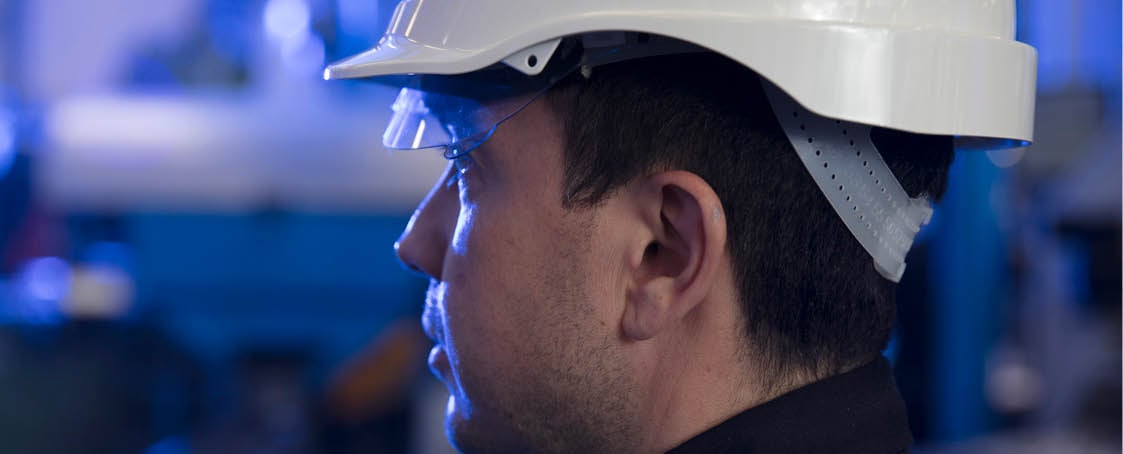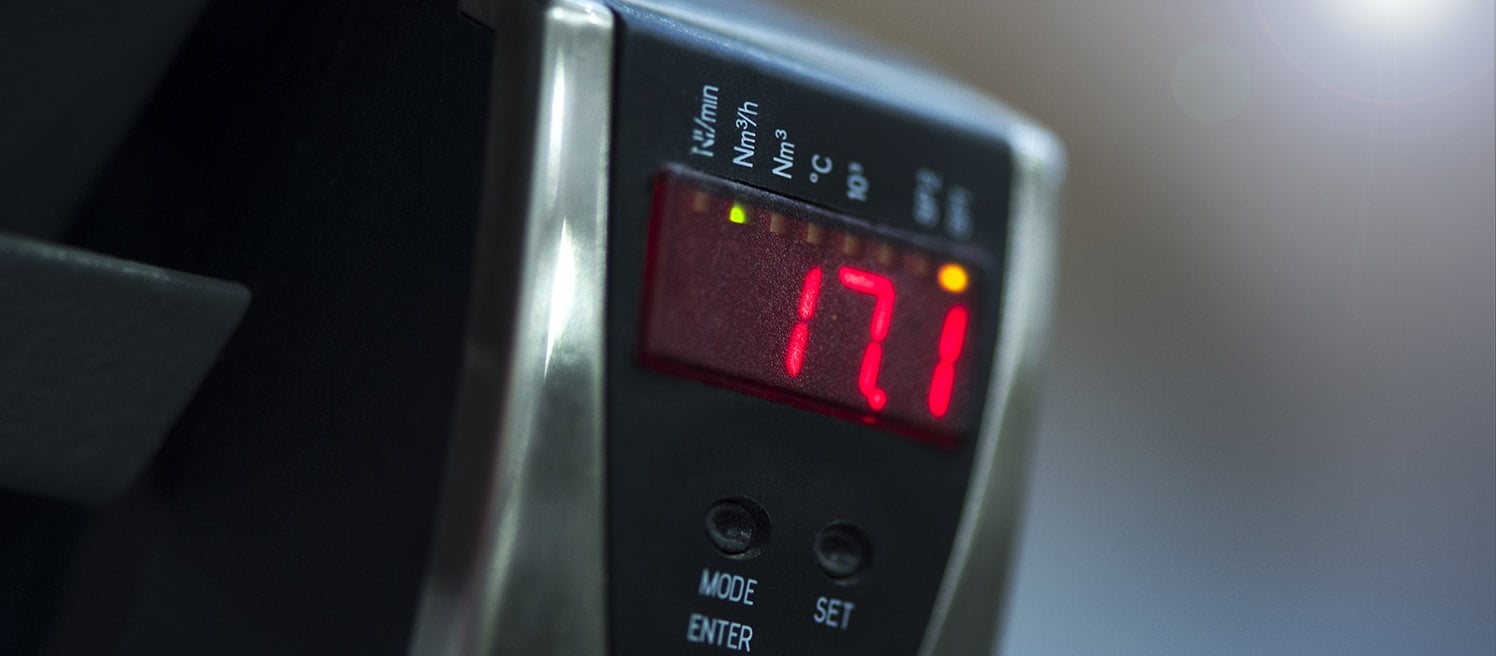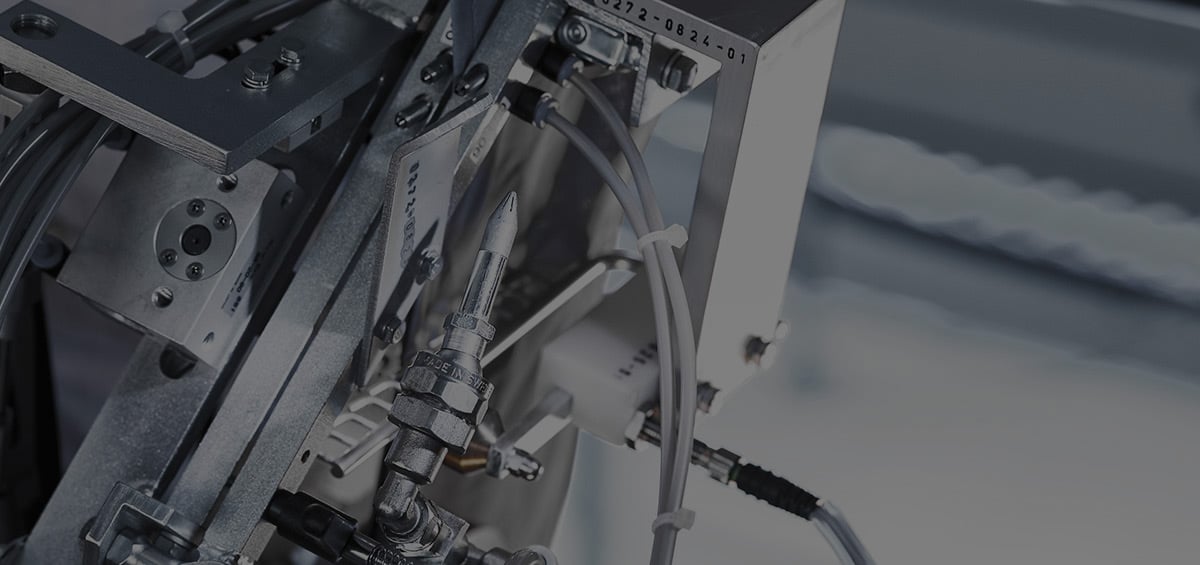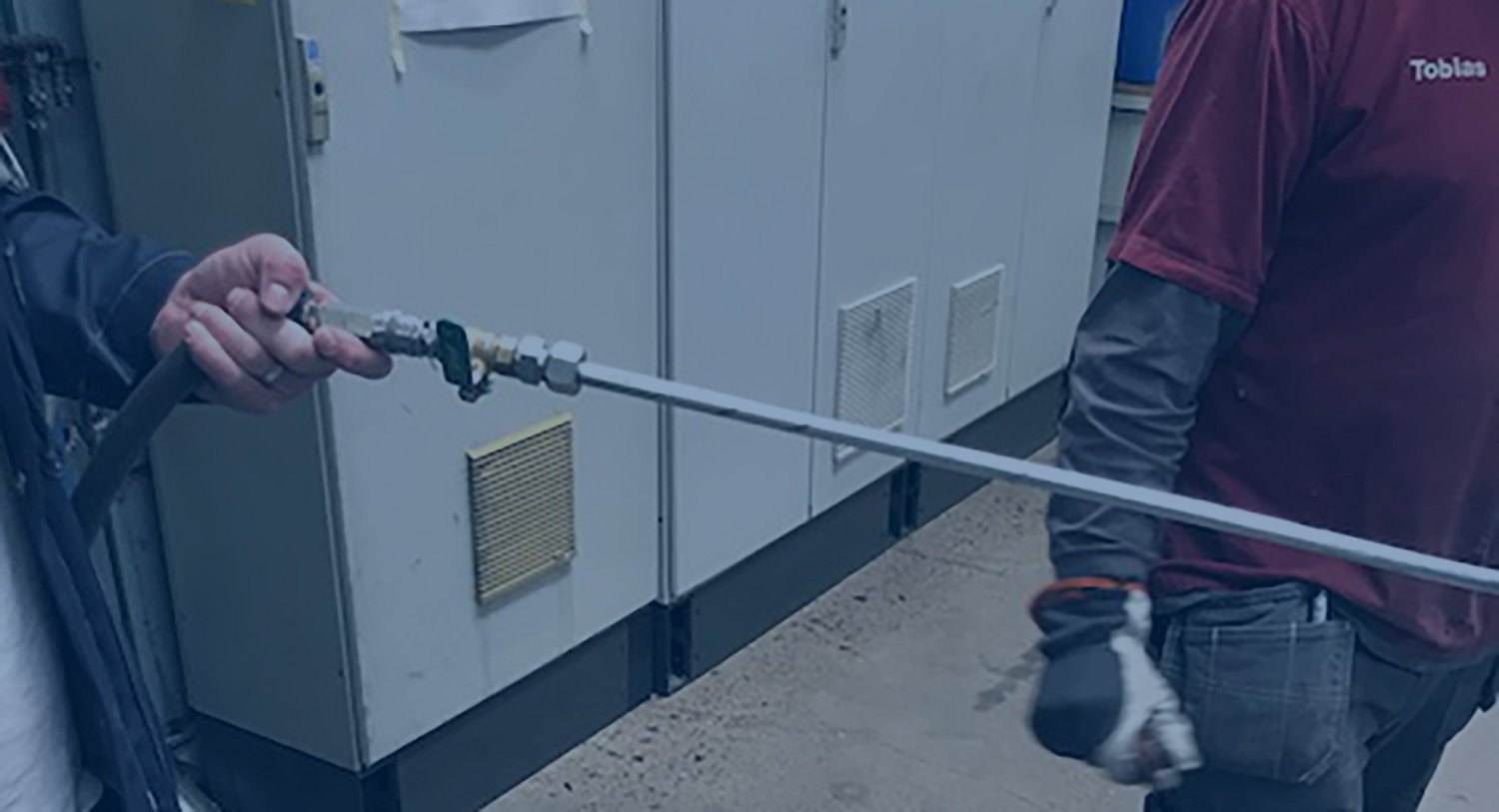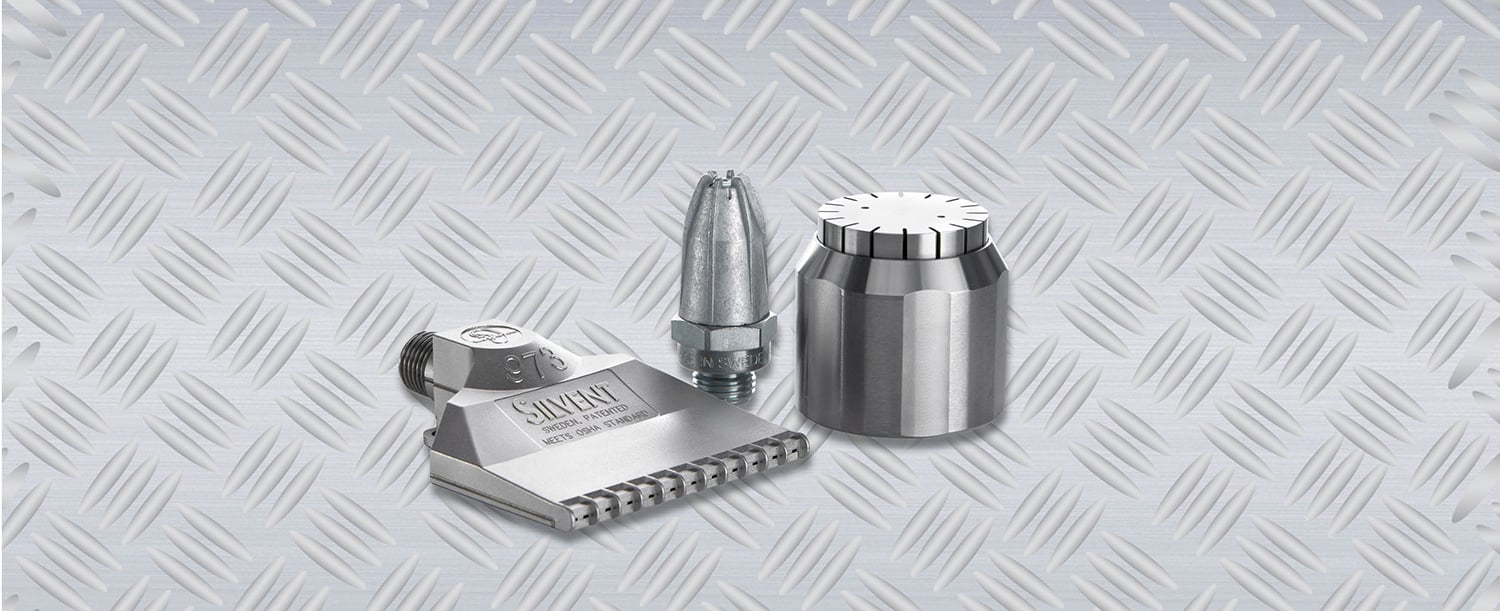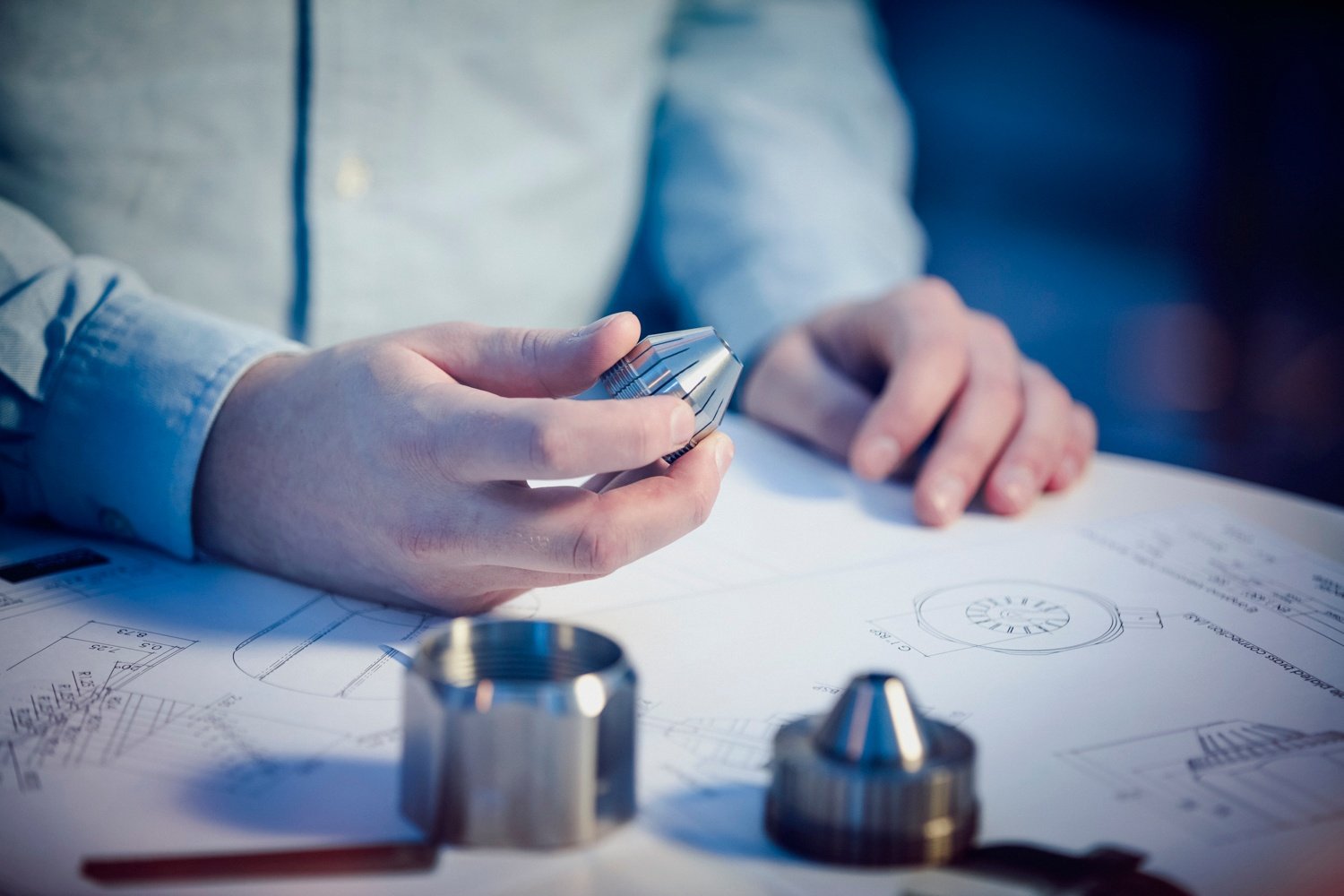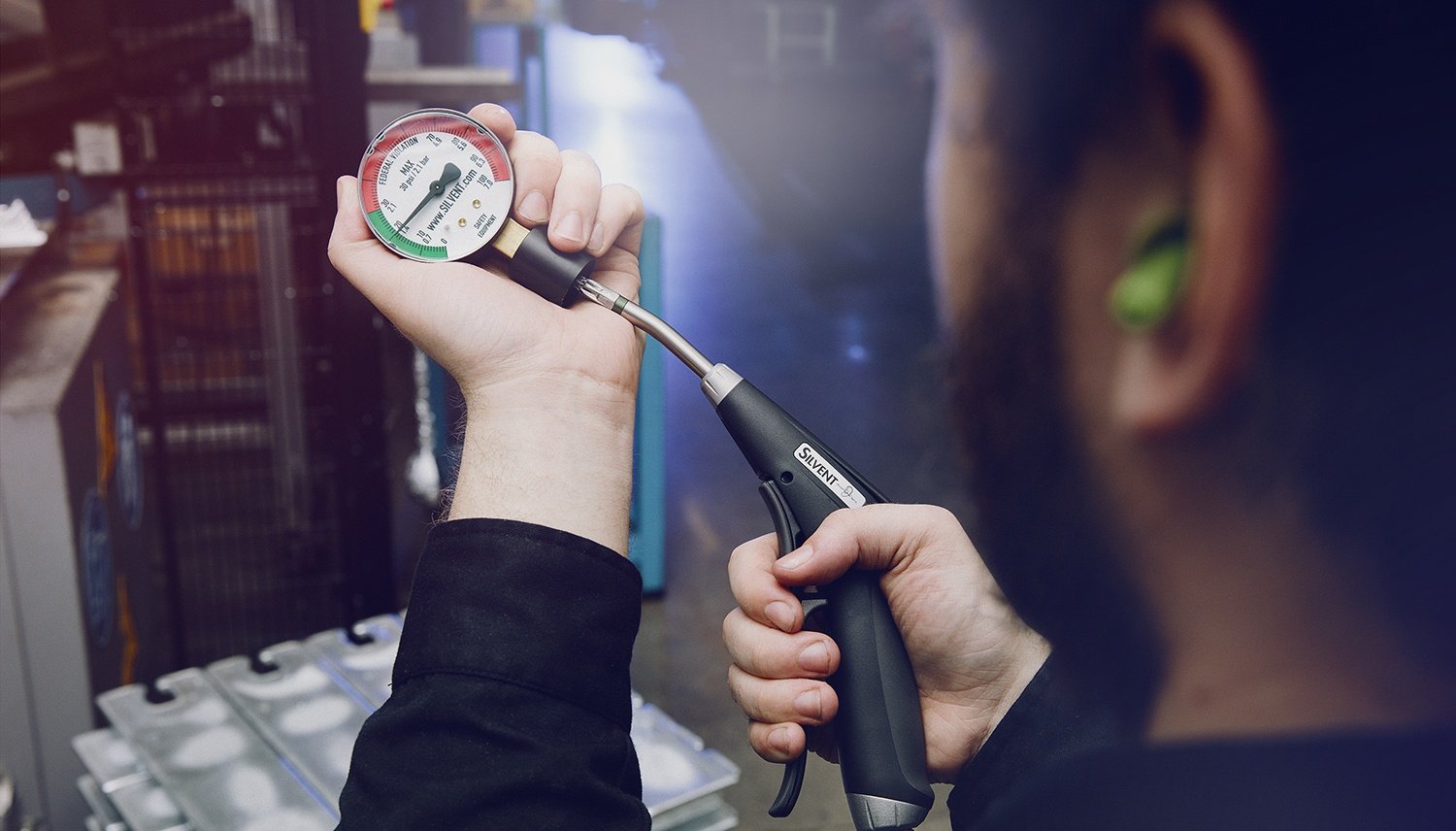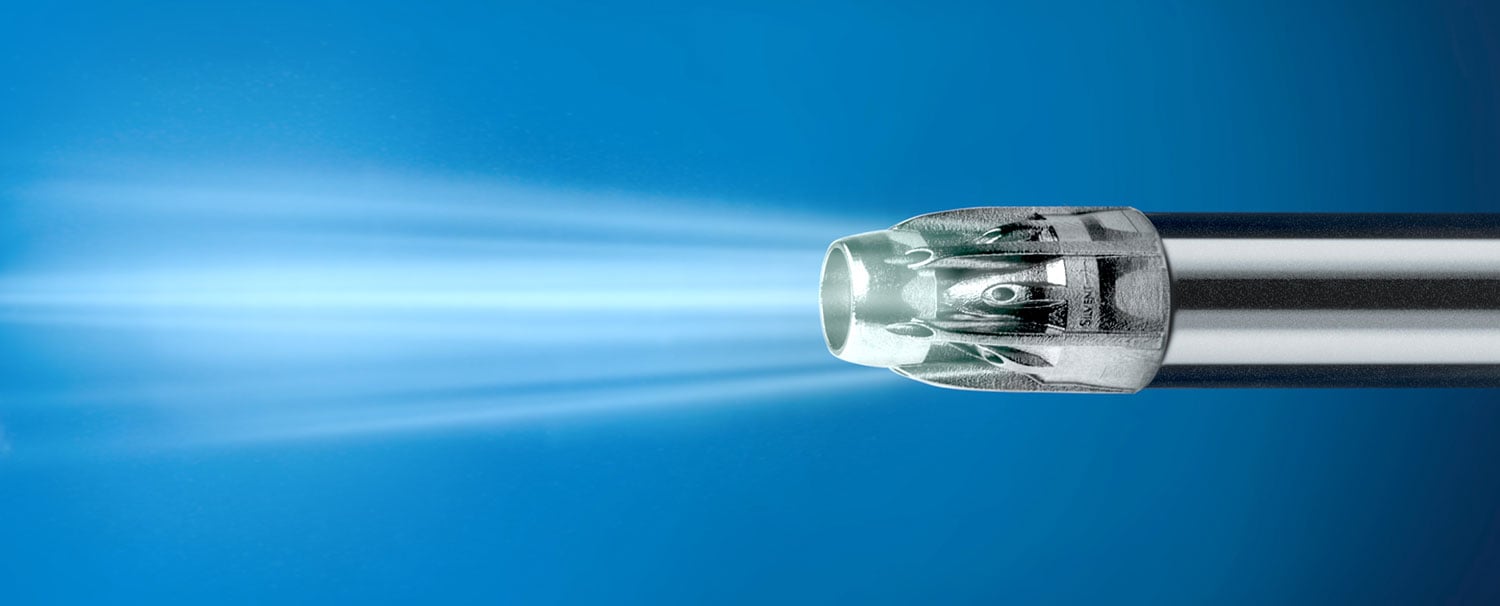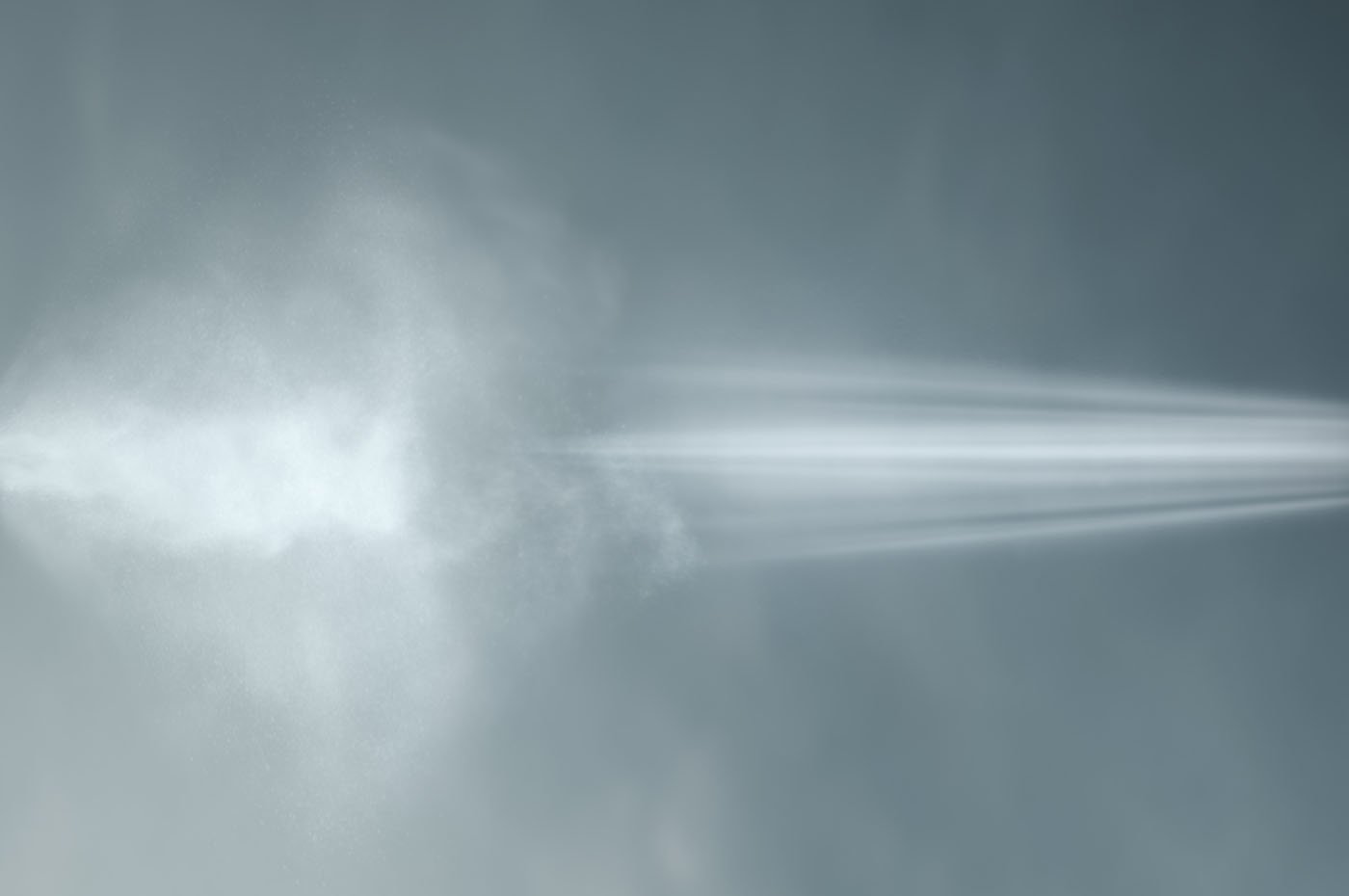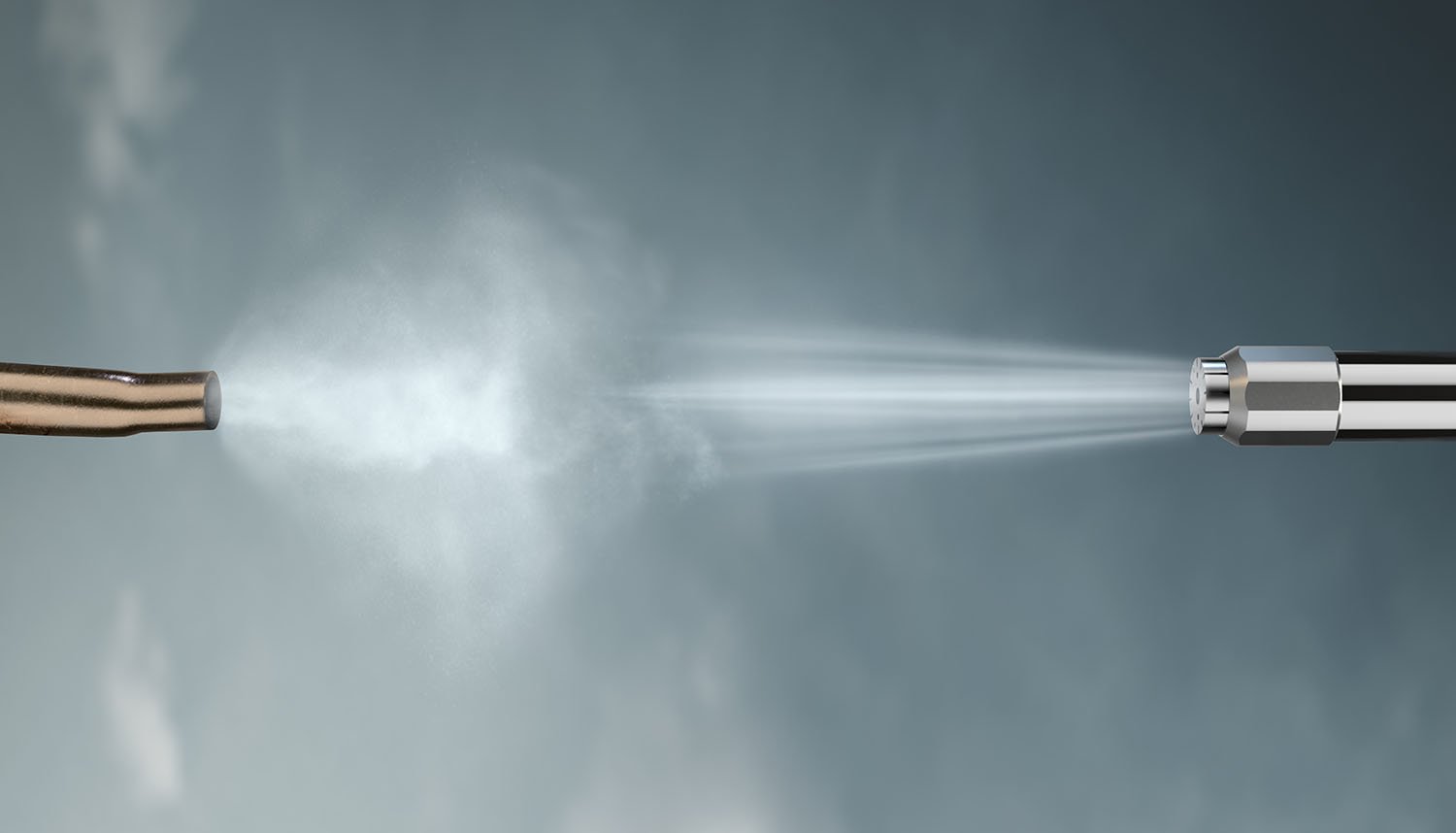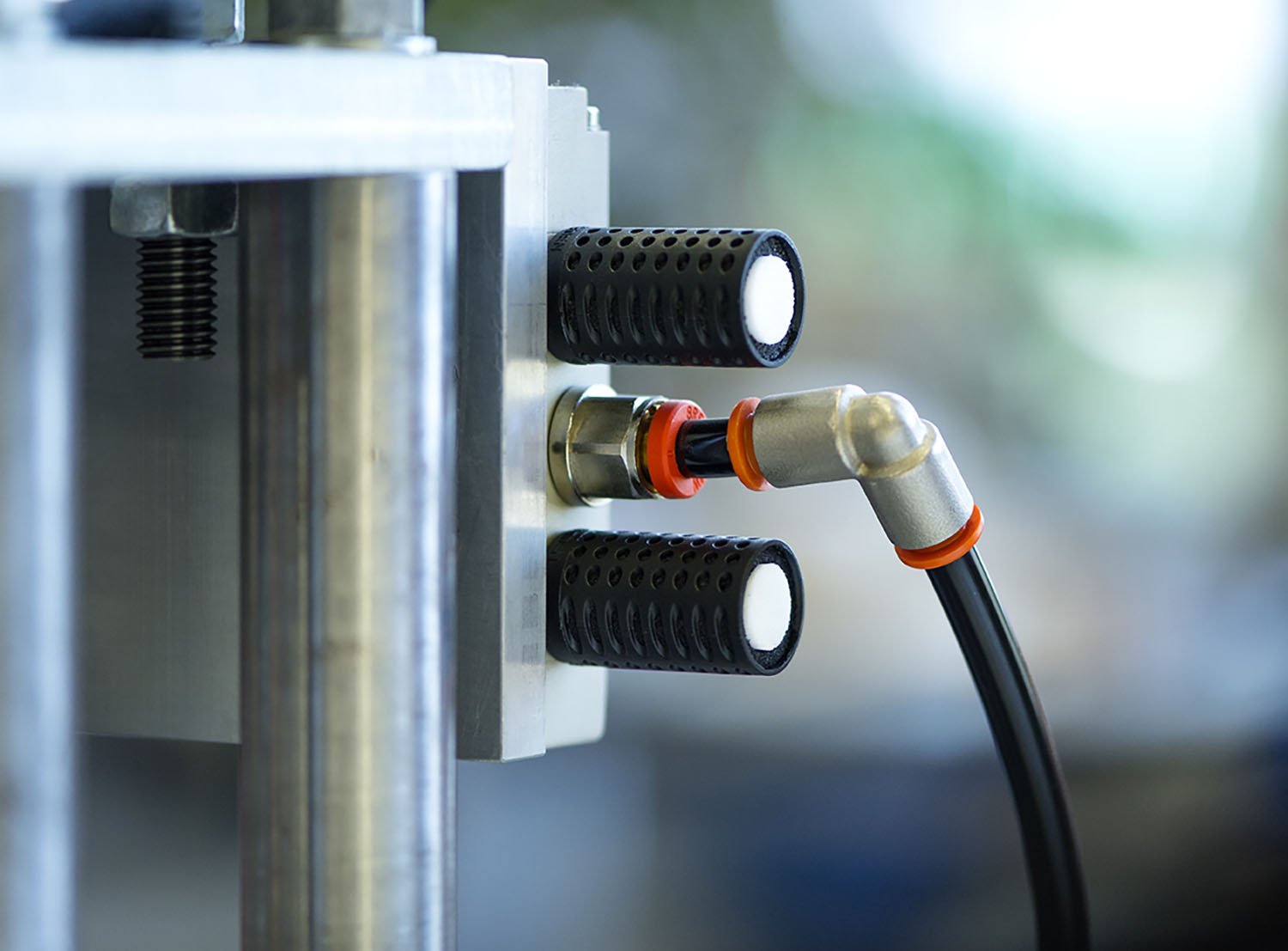The manufacturing industry often ranks high in lists of work places with too high noise levels. This effects the employees, which risk getting hearing damage and tinnitus. To this day, there is no cure to these injuries, which means that the people that are injured have to live with the consequences the rest of their lives. Therefore, it is important to actively work to decrease the noise in the industry. A common noise source is blowing with compressed air, which often is performed with the help of a air blow gun. However, noise is not just harmful; it is also costly, both for the society and for the company. Below follows measures that manufacturing industries with too high sound levels should follow, to decrease the noise in the work place.
|
7 tips how you can decrease the noise After carefully mapping out the noise, you can formulate a proposal for an action plan. It is important for employees and health and safety representatives to have the opportunity to submit proposals and opinions. In many cases, a combination of measures may be needed, such as:
|
Make continuous sound measurements
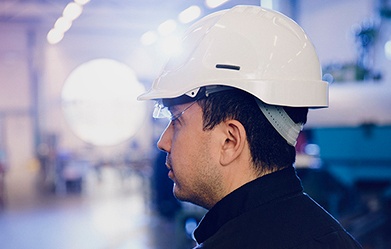
These are easily made with an sound level meter. The measurement is carried out by aiming the meter’s microphone toward the sound source, at a distance of one meter (1 m) and at a 90° angle to the direction of the sound. To measure the equivalent noise level during an eight-hour shift, a dosimeter is worn by the person whose noise exposure is to be measured. A dosimeter is a meter that the individual carries that measures the total noise that a person has been exposed to during the measurement period.
Start by measuring the noise to which individual employees are exposed. The general noise level should also be measured, but note that it is important for the measurements to be made during representative working conditions. Compare the levels measured with the limits in the noise regulations.
To get further knowledge it could be a good idea to use “noise maps”. An expert in the field should do this work.
What else can you do?

The most efficient measure in a noisy work environment is to eliminate noise at the sound-source. This can be done by replacing the traditional, loud machinery and production processes with new noise-reducing methods that often also is capital-intensive. The alternative method regarding protection against noise in the workplace is to teach employees how to safely use hearing protection. It is important that the employees know and understand why they should use hearing protection and what can happen if they do not use them. Even short periods without hearing protection can cause injuries.
It is also important to choose the right hearing protection. The choice of appropriate hearing protection depends on the relevant noise situation in the workplace. Hearing protection must have the right acoustic properties so that it insulates at the frequencies where noise is present.

